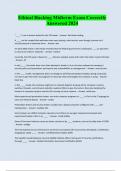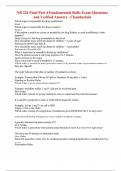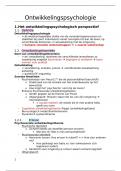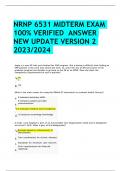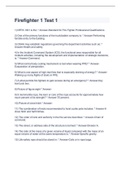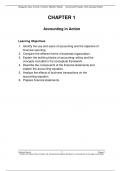Summary
Summary Grade 9 term 4. Technology study notes. Processing of materials.
- Course
- Technology
- Institution
- 9th Grade
An in dept, thorough, detailed, effective and efficient set if study notes covering the section Processing of materials for grade 9 term 4 content. The notes are in the format of Summary, Self Test Questions and Answers.
[Show more]




